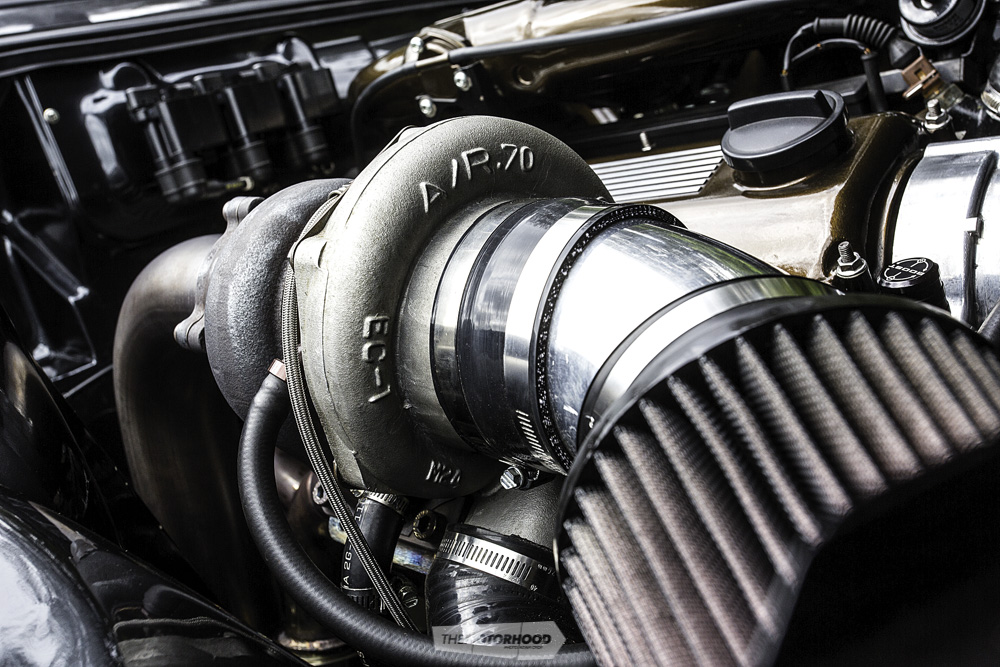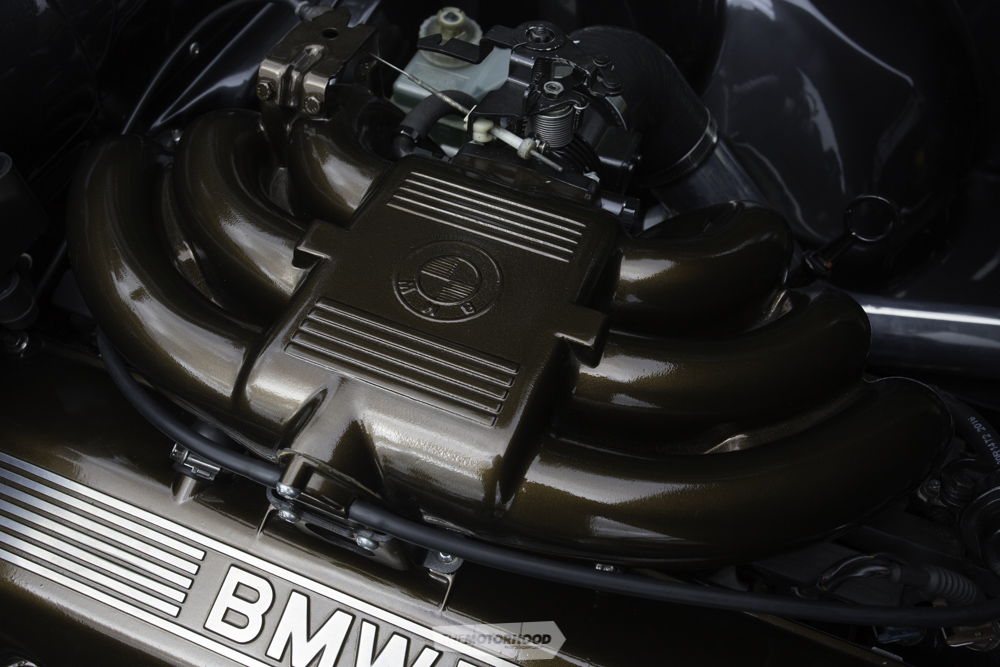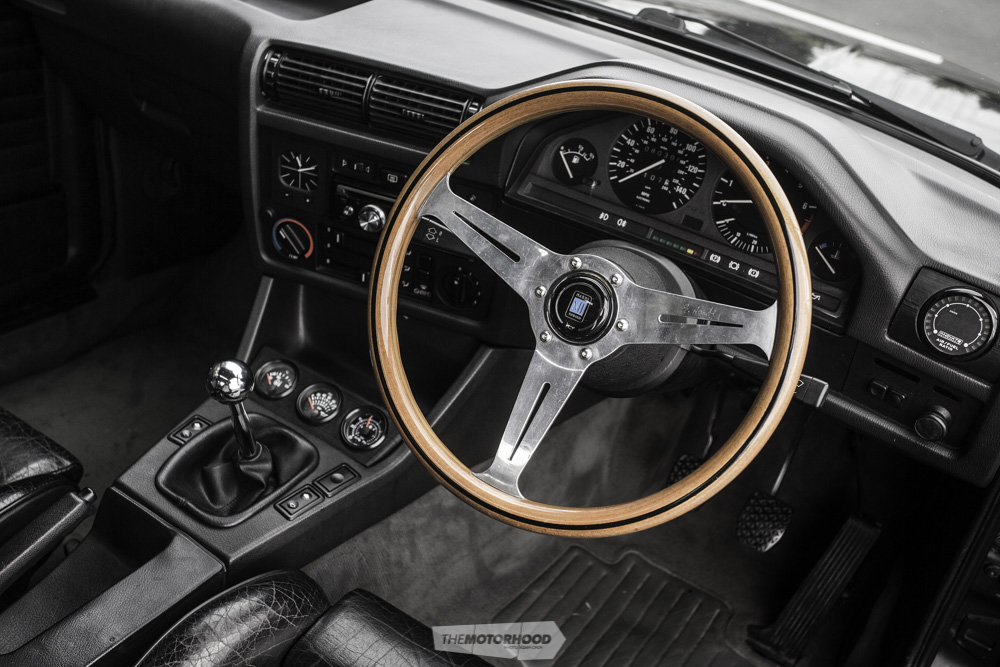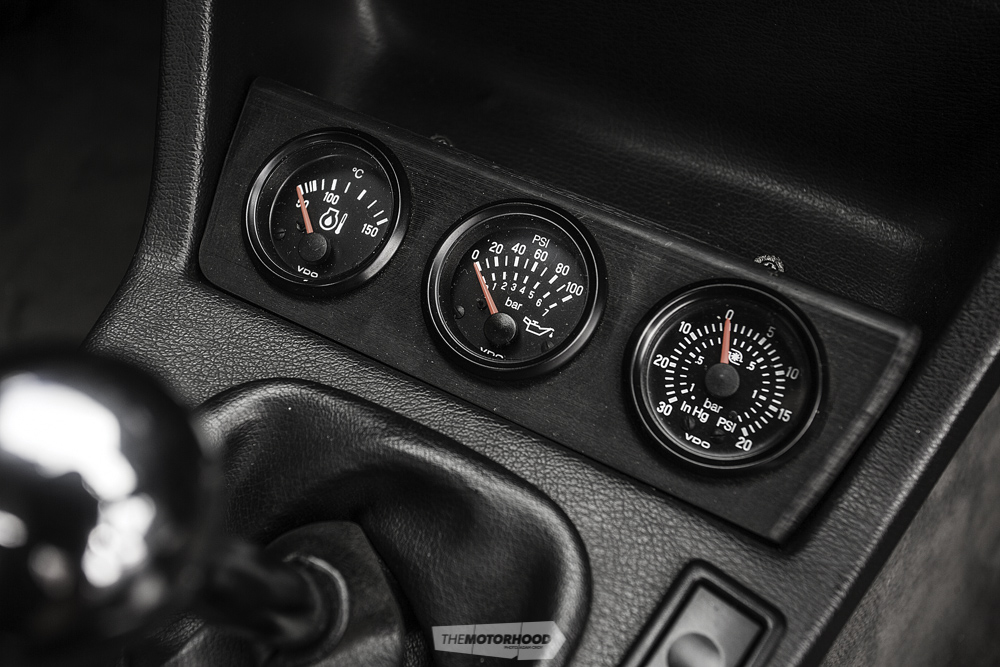Through its ups and downs in popularity, there’s always been one steady opinion about the BMW E30: it should have been turbocharged
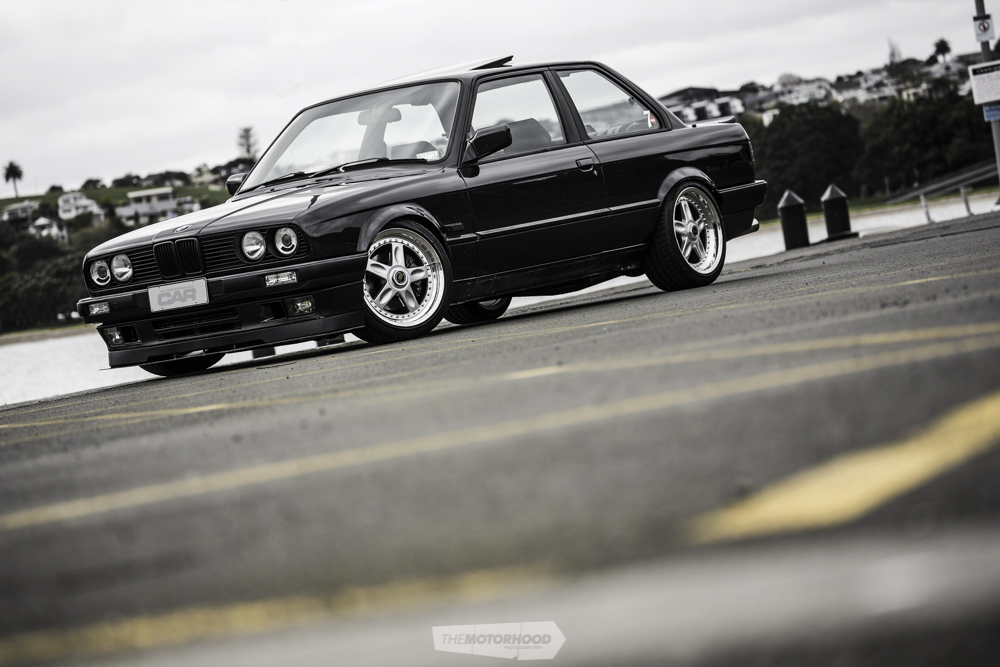
If we were to take away one thing from European automakers over the past century, it’s this: the Germans know how to build cars. Especially when it comes to those wearing the iconic triple stripes of BMW. However, not all of the range has been revered for pioneering performance, and reality tells us that even fewer fall within the little slice of modified pie that we operate in.
Thankfully, for all of us, there are still a few hold-outs that have reached cult-classic status and continue to be modified extensively — even with values skyrocketing. The pick of the bunch, without a doubt, remains the BMW E30 — the over-engineered, lightweight coupe that went from being seen as the pinnacle of yuppie status symbols back in the ’80s to a dirt-cheap basher, before rising back up to be considered one of the most celebrated practical performance cars of all time.
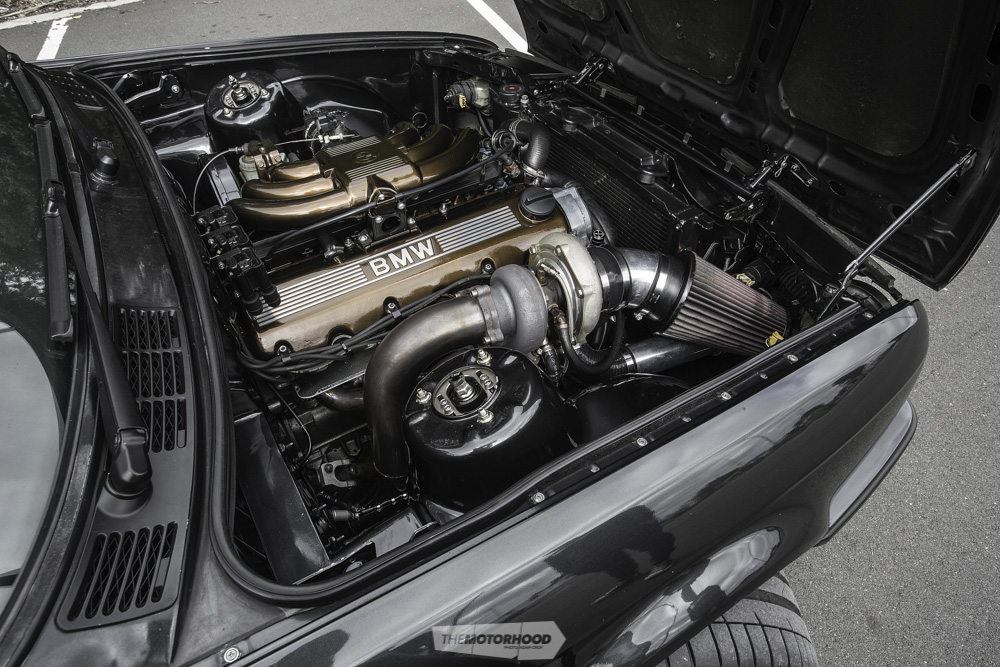
During that lull period, though, those who dared to pull down the M20B25 heart found inside the 325i model, quickly learned that, while producing impressive power for its time, there’s always been more left on the table waiting to be scooped up. All it needed was a specific addition — one of the forced-induction kind. And if you’ve ever needed convincing that the E30 should have come straight out of the factory with a snail hanging off the side, here’s the pièce de résistance to get you there.
In its original form, Scott Mullaly’s 1988 BMW 325i was just another forgotten example from the golden era of factory awesomeness — and he managed to get in just before that local price boom. It was fitted with the modest 2.5-litre fuel-eater, and featured a sports-suspension upgrade along with a few tasteful exterior tweaks. It was quickly put to work on a daily basis. “I drove it for a year, fixing a few issues as you normally do with an old car, until, eventually, it became a bit underwhelming, and then I thought the bottom end [had] let go,” says Scott.
This is known as the danger zone. Why? Because anything becomes possible in your mind. Stroker bottom end, forged goodies, rowdy cams, or even an all-out engine swap. Thoughts like these flooded Scott’s head to form a raft of gnarly concepts that could have easily eaten up any form of house deposit at one click of the mouse. Thankfully for his wallet, the bottom end was fine, besides a small amount of metal in the sump that could never be traced. He reined those wallet-killing ideas back in, and would instead piece together a simple-yet-effective street-sleeper that would see a suitably sized Garrett strapped onto the motor.
Said decision was made in the least likely of ‘good decision’–making situations, however, after sinking a generous amount of Mexican drop that sparked an impromptu live auction for a friend’s unwanted Garrett GT3582R. It may have been the brew or an unconscious part of Scott’s brain that made the call, but, either way, he walked away snail in hand. It made for a sobering moment the following day, when Scott realized what he had signed up for. Instead of bailing out, he employed the help of good mate David Miller to rebuild the M20B25. It was treated to fresh factory parts and a thicker Cometic MLS head gasket to bring the compression ratio down from 8.8:1 to 8.5:1, along with the usual ACL bearings and ARP fasteners, all in anticipation of that boost.
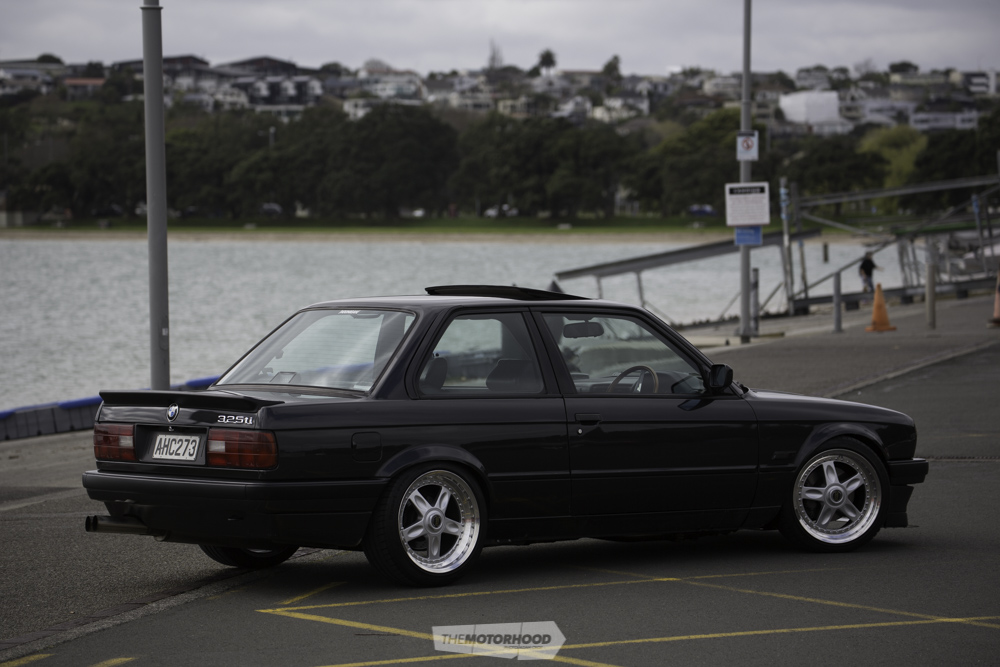
Built to serve as an undercover street slayer, Scott does take it out on track for some fun every now and again — he describes this as being “pretty damn scary” when it’s let loose
The pair fitted the head with 278/250-degree reground cams, BimmerHeads heavy-duty rocker arms, and heavy-duty valve springs, while the manifold on which that Garrett sits is a Rapid Spool Industries stainless unit sourced out of the states. Fuel is delivered by way of a DeatschWerks DW65c fuel pump and Siemens Deka 630cc injectors, and, on the ignition side of the equation, the M20B25 has been converted to wasted-spark Mitsubishi GTO coils. David also got busy fabricating a three-inch stainless exhaust system with MagnaFlow muffler and twin three-inch outlets, before being tasked with the final engine assembly.
But, coming this far only to sink such a package back into a factory engine bay would have been a crime — well, that’s how it was seen in the eyes of Scott’s flatmate, Daniel Smith (B18CR Civic EG, NZ Performance Car Issue No. 238). Daniel leaned on Scott to ‘tidy’ the bay — this would eventually evolve into many, many hours of sanding, welding, and emptying God knows how many tins of bog for that perfect smooth finish, before it was all given a fresh lick of Diamond Schwartz metallic paint and the covers hit with a layer of Marrakesh Brown by Daniel.
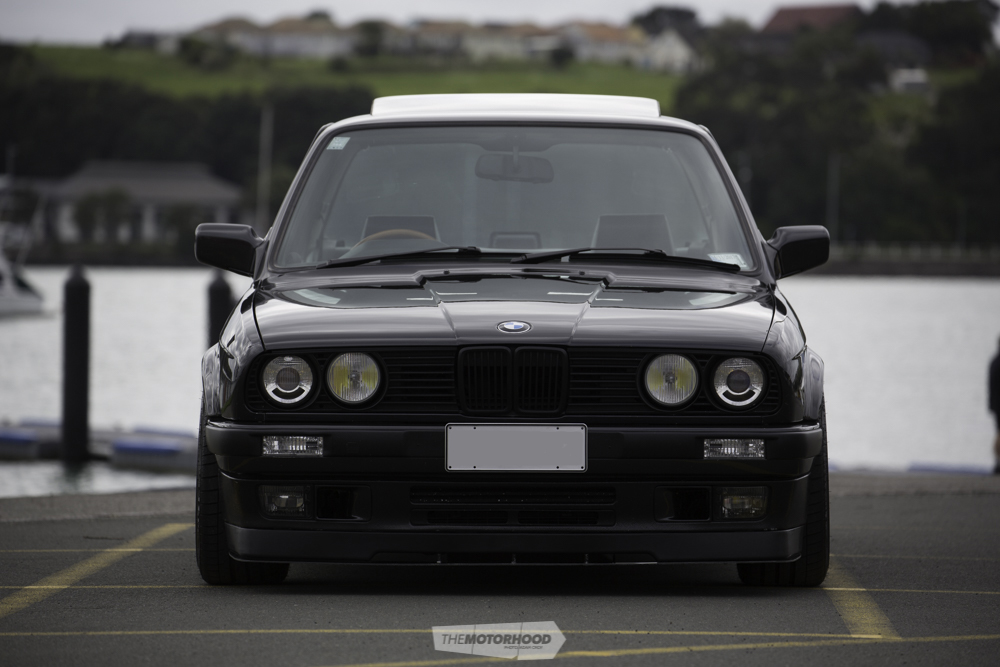
Underneath, the factory-option sports suspension was promptly binned and fitted with BC Gold coilovers instead, while the less-than-impressive factory front brakes met the same fate in favour of Mazda FC RX-7 four-pot calipers paired with VW Corrado 280mm rotors, TRW street pads and braided lines, and a BMW E32 25mm master cylinder fitted for more response. The bottle caps still so commonly found on this breed were swapped out for 17×8.5- (+8) and 17×9-inch (+15) Volk CV Pro three-piece wheels shod in 215/40 and 235/40 Petlas Velox Sport rubber. An E46 330i steering rack replaces the native example for a quicker ratio.
To the naked eye, most of the aesthetic cues indicate an untouched example — the only things of note being the aforementioned wheel combo and the addition of an M-tech 1 boot spoiler and IS front lip with custom front splitter. Likewise, on the inside, the 30-year-old leatherwork remains, with the factory wheel switched out for a Nardi woodgrain and a series of gauges held in place by 3D-printed panels.
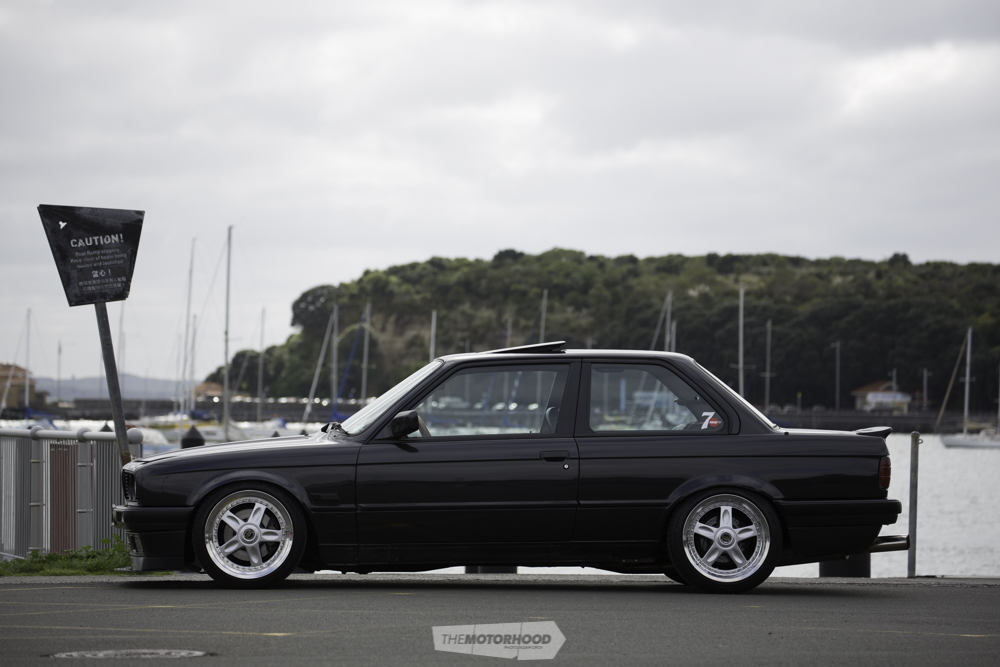
“Yeah, I’d like to thank Corona Extra, you know, for helping the team make great decisions like buying a turbo that I didn’t really want but definitely needed”
Revelling in its simplicity, this E30 takes the best of both worlds and combines them into the perfect streeter. More than driveable off boost, and more than scary when hitting 16psi — a combination that produced 282kW and 531Nm after being tuned by Lin at CDM Tauranga. “It’s the first car I’ve built, and I definitely learned a heap over the process,” says Scott. “For a more-or-less factory motor, I’m pretty stoked with how well it goes. I mean, it’s faster than my mate Jarrod’s GT-R” he says, laughing. “And it felt good to prove a few people wrong.”
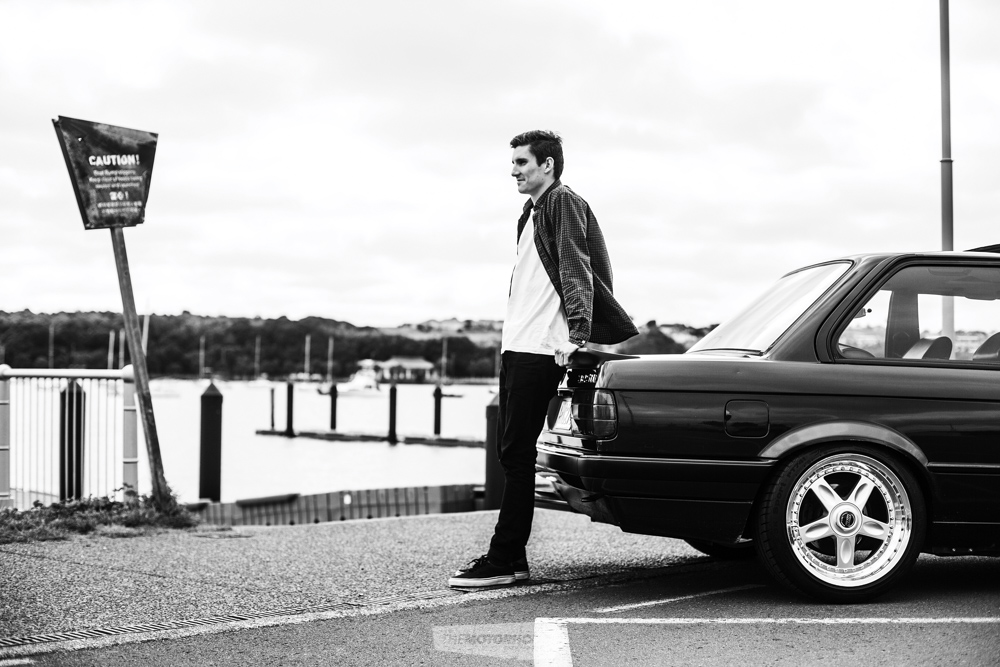
Scott Mullaly
AGE: 25
LOCATION: Auckland
OCCUPATION: IT geek
BUILD TIME: 1.5 years
LENGTH OF OWNERSHIP: Three years
THANKS: David Miller at Miller Motorsport Services, the man, the legend — responsible for all welding on the car, exhaust fabrication and building the engine; Daniel Smith, the OG shaved-bay neck-breaker and sole reason why I did mine — he gets credit for most custom-made parts, 3D printing, all painting, and the beautiful-looking bay; Big Kev, for the late night help and letting me occupy the garage for a year and a half; and 7Squad, for all helping at some point during the build, whether it was yarns, peer pressure, or just finding the 10mm
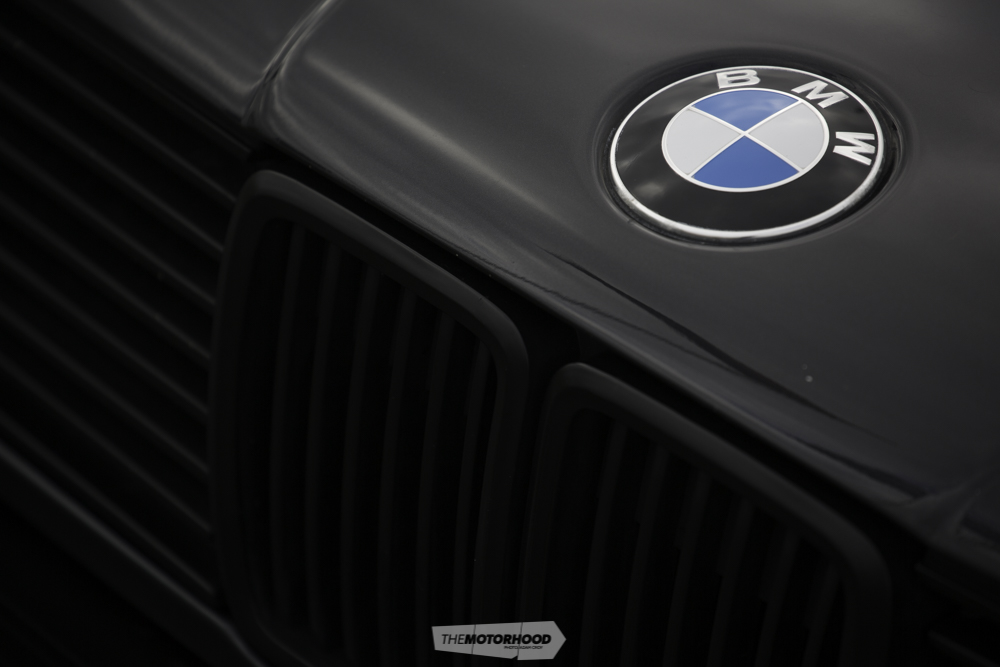
1988 BMW E30 3215i
Heart
ENGINE: BMW M20B25, 2494cc,
six-cylinder
BLOCK: Balanced factory pistons and rods, baffled sump, ARP rod bolts, ACL bearings
HEAD: 278/250-degree reground cams, Cometic MLS head gasket, BimmerHeads heavy-duty rocker arms, heavy-duty valve springs, ARP head studs
INTAKE: K&N four-inch air filter, three-inch intercooler
EXHAUST: Three-inch stainless turbo back system, MagnaFlow muffler with twin three-inch outlets
TURBO: Garrett GT3582R, Rapid Spool Industries stainless exhaust manifold
WASTEGATE: TiAL MVR 44mm
BOV: TiAL Q 50mm
FUEL: DeatschWerks DW65c fuel pump, Siemens Deka 630cc injectors
IGNITION: Wasted-spark ignition using Mitsubishi GTO coils, Bosch leads, NGK BPR7ES plugs
ECU: MegaSquirt 2
COOLING: Fenix alloy radiator, factory oil cooler, electric fan
EXTRA: Shaved and de-loomed engine bay, oil catch-can, hidden ABS pump and brake-line reroute, covers resprayed Marrakesh Brown
Driveline
GEARBOX: Getrag 260 five-speed, solid-mount short-shifter
CLUTCH: Uprated pressure plate and full-face Kevlar disc
FLYWHEEL: Factory skimmed and balanced
DIFF: Medium case limited-slip (3.91-ratio)
Support
STRUTS: BC Gold coilovers
BRAKES: (F) Mazda FC RX-7 four-pot calipers, VW Corrado 280mm rotors; (R) factory 325i calipers, slotted rotors, TRW street pads, braided lines
EXTRA: E46 330i steering rack, AKG 75D poly engine and gearbox bushings, camber and toe adjustable rear subframe, BMW E32 25mm master cylinder
Shoes
WHEELS: (F) 17×8.5-inch (+8) Volk CV Pro three-piece, (R) 17×9-inch (+15) Volk CV Pro three-piece
TYRES: (F) 215/40R17 Petlas Velox Sport, (R) 235/40R17 Petlas Velox Sport
Exterior
PAINT: Diamond Schwartz metallic
ENHANCEMENTS: Colour-matched front and rear bumpers, IS front lip with custom front splitter, M-tech 1 boot spoiler, HID headlights
Interior
SEATS: E30 leather sport
STEERING WHEEL: Nardi woodgrain
INSTRUMENTATION: VDO oil-temperature and -pressure gauges, VDO boost gauge, Innovate MTX-L air/fuel ratio gauge, Hallman Pro RX manual boost controller
Performance
POWER: 282kW
BOOST: 16psi
TORQUE: 531Nm
FUEL TYPE: 98 octane
TUNER: Lin at CDM Tauranga
This article originally appeared in NZ Performance Car magazine issue No. 252 — to get your grubby mitts on a copy, click the cover below:





